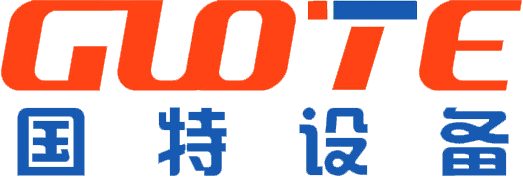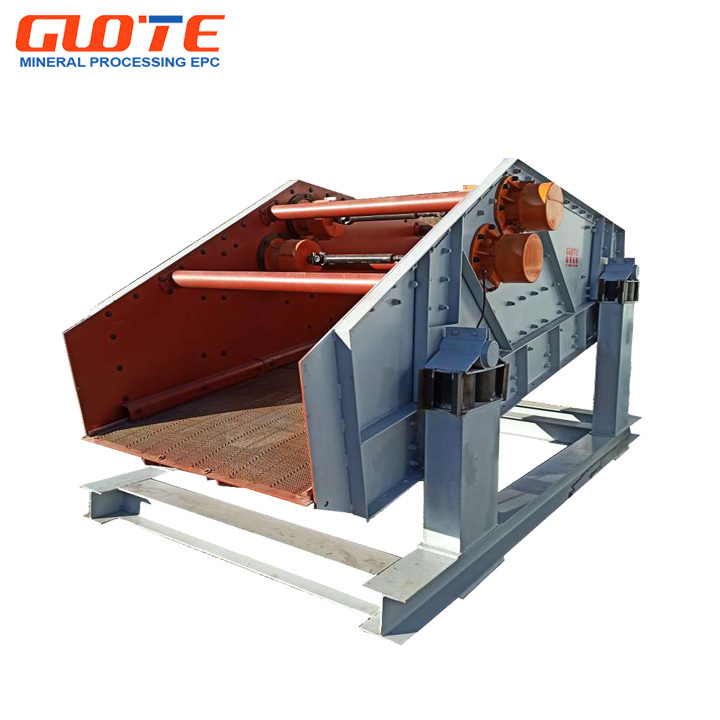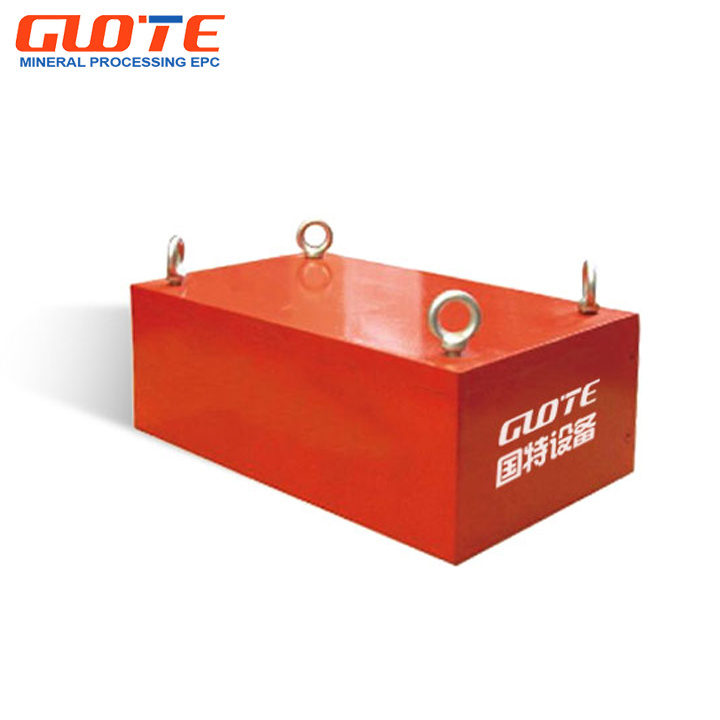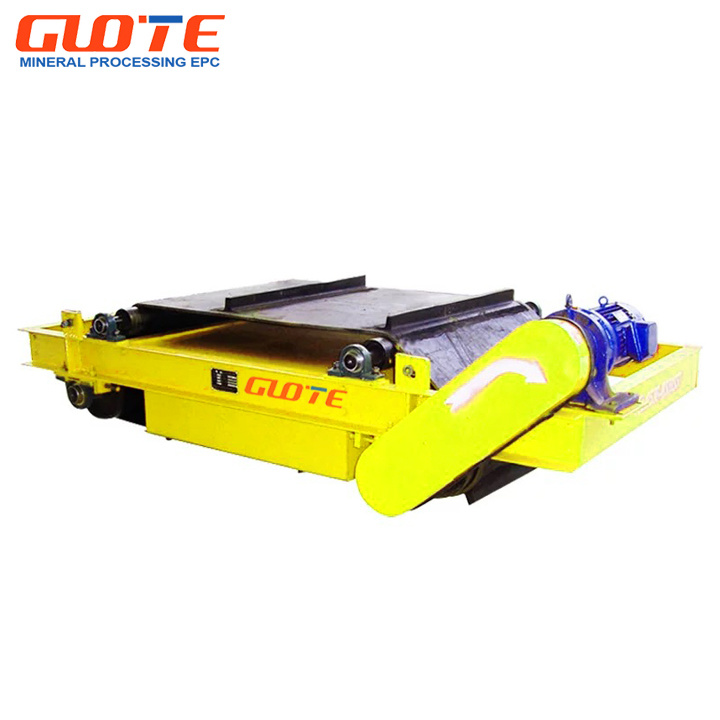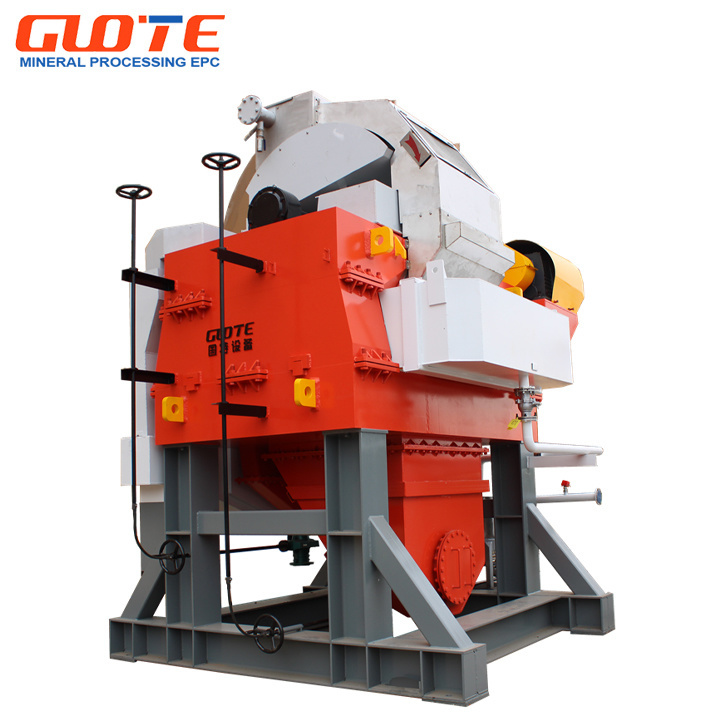Why Choose Self-Discharging Permanent Iron Separators for Your Manufacturing Needs
Why Choose Self-Discharging Permanent Iron Separators for Your Manufacturing Needs
Manufacturers today face an increasing demand for efficiency, quality, and cost-effectiveness in their operations. One pivotal aspect of this is the ability to separate iron from various materials. Self-discharging permanent iron separators offer a revolutionary solution for manufacturing needs, streamlining processes and enhancing overall productivity. This article delves into the numerous advantages of these separators, their operational mechanisms, and how they can be a game-changer for your manufacturing needs.
Understanding Self-Discharging Permanent Iron Separators
Self-discharging permanent iron separators are specialized magnetic devices designed to remove ferrous materials from non-ferrous products. Unlike traditional separators, these machines automatically discharge collected contaminants without manual intervention, making them more efficient and user-friendly.
How Do Self-Discharging Permanent Iron Separators Work?
Self-discharging permanent iron separators utilize a strong permanent magnet to attract ferrous materials. Here’s a simplified breakdown of their operation:
1. **Material Infeed**: The material mixture is fed into the separator, often via a conveyor belt.
2. **Magnetic Attraction**: As the material passes through the magnetic field, ferrous contaminants are drawn to the separator’s surface.
3. **Discharge Mechanism**: Once the magnetic material is collected, the separator’s automatic discharge system expels the contaminants, allowing the non-ferrous materials to continue on their path.
This automated process not only saves time but also decreases labor costs, creating a more streamlined operation.
Key Advantages of Using Self-Discharging Permanent Iron Separators
Choosing self-discharging permanent iron separators presents several compelling advantages for manufacturers:
1. Increased Efficiency
With their automatic discharge capabilities, these separators significantly reduce downtime associated with manual cleaning. This efficiency translates to faster processing times and higher throughput.
2. Cost-Effectiveness
By minimizing labor requirements and enhancing production speeds, these separators contribute to lower operational costs. Their durability and minimal maintenance needs further enhance their cost-effectiveness.
3. Enhanced Product Quality
Maintaining high-quality standards is crucial in manufacturing. Self-discharging permanent iron separators ensure that ferrous contaminants are effectively removed, leading to improved product quality and reduced waste.
4. Versatility in Applications
These separators can be employed in various industries, including recycling, mining, and food processing. Their ability to handle diverse materials makes them an invaluable asset across different sectors.
5. Environmentally Friendly Operation
With a focus on sustainability, self-discharging permanent iron separators help reduce waste by enabling better recycling practices. They ensure that ferrous materials are efficiently captured and reused, minimizing the environmental impact.
Applications of Self-Discharging Permanent Iron Separators
The versatility of self-discharging permanent iron separators allows them to be utilized in various manufacturing applications:
1. Recycling Industry
In recycling facilities, these separators play a crucial role in extracting ferrous metals from mixed waste streams, promoting efficient recycling processes.
2. Mining Sector
Mining operations benefit from the use of self-discharging permanent iron separators to separate iron ore from unwanted materials, enhancing the purity of extracted resources.
3. Food Processing
In the food industry, maintaining product safety and quality is essential. These separators ensure that ferrous contaminants are removed from food products, protecting consumers and upholding industry standards.
4. Construction and Demolition
During construction and demolition activities, self-discharging permanent iron separators aid in recovering valuable metals from debris, contributing to sustainable project management.
Choosing the Right Self-Discharging Permanent Iron Separator
To maximize the benefits of self-discharging permanent iron separators, it is essential to select the right model for your specific needs. Here are some key factors to consider:
1. Material Types
Evaluate the types of materials you will be processing. Different separators are designed to handle various material characteristics, including size, weight, and composition.
2. Processing Volume
Consider your production capacity requirements. Choose a separator that can efficiently handle your expected throughput without compromising performance.
3. Installation Requirements
Assess the space available in your facility for installation. Ensure that the separator can be seamlessly integrated into your existing production line.
4. Maintenance Needs
Look for models with low maintenance requirements to ensure uninterrupted operation. Check user reviews and case studies to gauge reliability.
Common Challenges and Solutions in Using Permanent Iron Separators
While self-discharging permanent iron separators offer numerous benefits, manufacturers may encounter challenges during their use. Here are some common issues and their solutions:
1. Magnetic Weakness
Over time, magnets may lose their strength. Regular inspections and timely replacements of worn-out components can help maintain optimal performance.
2. Material Blockages
Occasionally, materials may clog the separator. Implementing regular cleaning schedules can prevent blockages and ensure smooth operations.
3. Integration with Existing Systems
Integrating new separators into existing production lines can pose challenges. Collaborating with manufacturers or suppliers for professional installation and training can mitigate these issues.
FAQs About Self-Discharging Permanent Iron Separators
1. What types of materials can be processed with self-discharging permanent iron separators?
Self-discharging permanent iron separators can process a wide range of materials, including metals, plastics, and mixed waste. Their adaptability allows for effective separation across various industries.
2. How often should I maintain my self-discharging permanent iron separator?
Regular maintenance is crucial for optimal performance. We recommend conducting inspections every three to six months, depending on usage levels and environmental conditions.
3. Can self-discharging permanent iron separators handle large volumes of material?
Yes, these separators are designed to manage significant processing volumes, making them suitable for high-capacity manufacturing operations.
4. Are self-discharging permanent iron separators environmentally friendly?
Absolutely! By enabling efficient recycling and reducing waste, these separators support sustainable manufacturing practices.
5. What is the lifespan of a self-discharging permanent iron separator?
The lifespan can vary based on usage and maintenance, but with proper care, they can last several years, providing excellent long-term value.
Conclusion
Self-discharging permanent iron separators represent a significant advancement in manufacturing technology, offering unparalleled efficiency, cost-effectiveness, and quality enhancement. By automating the iron separation process, these machines not only streamline operations but also contribute to environmental sustainability. Whether you operate in recycling, mining, or food processing, investing in self-discharging permanent iron separators can elevate your manufacturing capabilities and ensure superior product standards. With the right model tailored to your needs, you can unlock the full potential of your production line and stay ahead in a competitive market.
durable RCYD self-discharging permanent iron separator
Previous Page
Previous Page
Related Products
Related News

